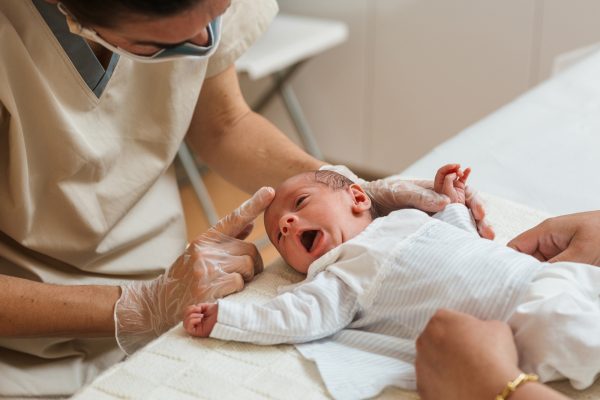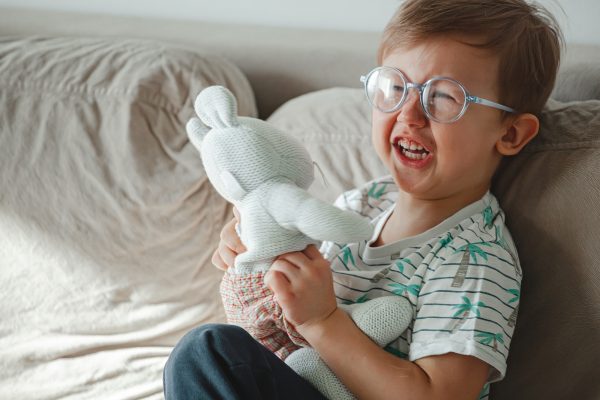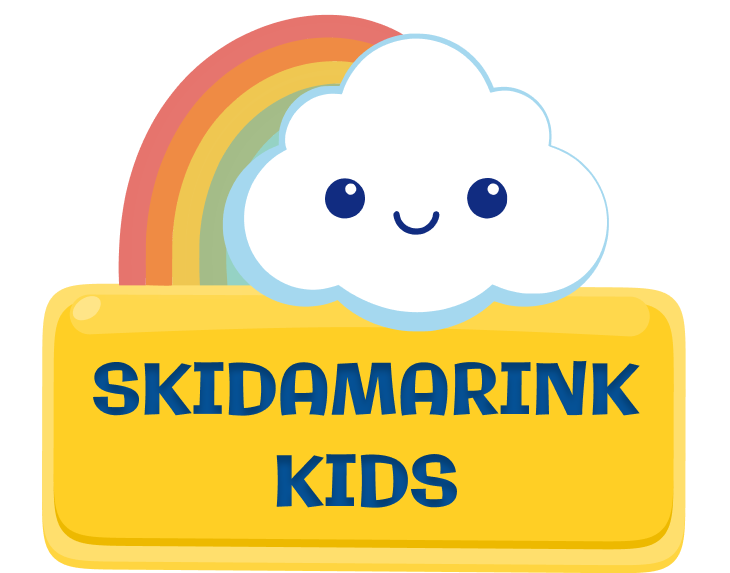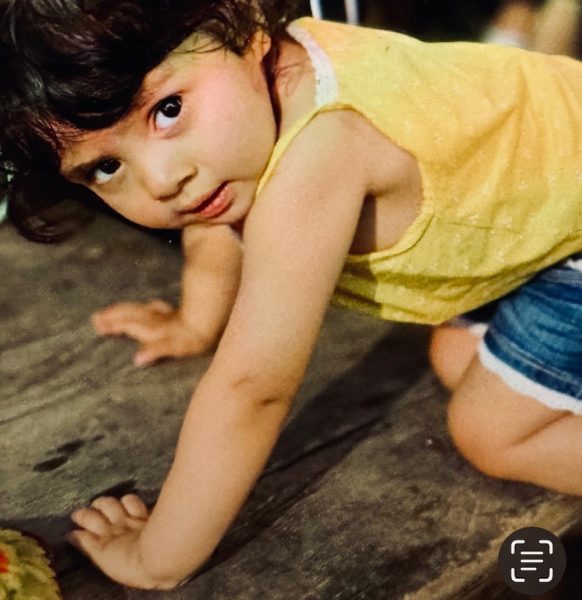Your child’s early movements hold surprising importance for their overall development. Primitive reflex integration in children is a crucial but often overlooked process that impacts everything from physical coordination to learning abilities. Understanding these reflexes can provide valuable insights into your child’s developmental journey and help explain certain behavioral or learning challenges they might experience.
What Are Primitive Reflexes?
Primitive reflexes are involuntary movement patterns that begin in the womb and guide early development. Think of them as your baby’s first operating system – they’re automatic responses that:
- Guide movement in the womb
- Assist in the birthing process
- Direct movements in early infancy
- Aid early survival
- Respond to movement or stimulation
Examples include:
- Baby closing hand when you place finger in their palm (grasping reflex)
- Baby opens and turns mouth when their cheek is stroked (rooting reflex)

The Natural Reflex Integration Process
These primitive reflexes should naturally integrate (disappear) by the first year as:
- More mature movements emerge
- Postural reflexes take over
- The nervous system matures
- Reflex integration helps lay the foundation for higher brain centers to develop for cognitive learning
This natural progression creates the neurological foundation for more complex skills to develop.
Understanding Retained Primitive Reflexes
When reflexes don’t fully integrate, they remain “retained” and can impact development. Think of it like running new software while old programs are still running in the background. With the increase in developmental delays, there is also a surge of children with unintegrated reflexes, as they usually go together.
Signs of Retained Primitive Reflexes

Physical Development Challenges
Movement Difficulties:
- Delayed motor skills
- Poor balance
- Frequent clumsiness
- Coordination issues
- Feeding difficulties
Learning & Social Development Impact
Emotional Regulation Concerns
Educational Challenges:
Emotional Signs:
- Attention difficulties
- Reduced eye contact
- Social interaction challenges
- Learning delays
- School performance issues
- Anxiety
- Self-soothing difficulties
- Emotional control challenges
- Behavior issues
- Increased stress response
Behavioral Indicators
Daily Challenges:
- Trouble sitting still – must be in constant motion, constant fidgeting
- Poor impulse control
- Reduced safety awareness
- Sleep difficulties
- Frequent irritability and increased meltdowns

Common Causes of Retained Primitive Reflexes
Environmental Factors
Early Life Events
Limited Movement Opportunities:
Contributing Factors:
- Reduced tummy time
- Limited floor play
- Spending too much time in baby equipment such as swings and bouncers
- Skipped crawling stage
- Restricted movement – NICU and medically fragile babies at higher risk
- Pregnancy stress
- Birth complications
- Frequent ear infections
- Early trauma
- Multiple falls
- Prematurity
- Medical conditions
Supporting Healthy Reflex Integration
While primitive reflexes should integrate naturally, modern lifestyles sometimes limit the movement experiences that support this process. You can encourage healthy development by:
- Providing ample tummy time from early infancy
- Encouraging crawling before walking
- Limiting time in restrictive baby equipment
- Engaging in playful movement activities
- Supporting cross-body movements
- Creating opportunities for sensory-rich play
- Following developmental sequences without rushing milestones
When to Seek Professional Help
Consult your pediatrician if you notice:
- Multiple signs listed above
- Ongoing developmental concerns
- Persistent behavior challenges
- Learning difficulties
- Motor skill delays
Early intervention through occupational therapy, physical therapy, or specialized reflex integration programs can help address retained reflexes and support your child’s development.
Pro Tip
Early identification and support can make a significant difference in your child’s development.
The Importance of Understanding Primitive Reflexes
Recognizing the impact of primitive reflex integration in children provides a valuable lens for understanding development. When we view certain behavioral, emotional, or learning challenges through this neurological perspective, it helps us respond with more appropriate support rather than frustration or misunderstanding.
By supporting natural development patterns and seeking help when needed, you can help ensure your child’s nervous system matures properly, creating a strong foundation for coordination, emotional regulation, and learning success. The journey of reflex integration is an essential but often invisible aspect of childhood development that deserves greater attention and understanding.
For more detailed information, explore these resources and recommendations:
Download Tantrum Tamer: the parenting app trusted by families to support emotional growth, peaceful routines, and happier homes.
- My video Fear Paralysis Reflex: How It Impacts Your Childs Behavior and Movement
- My video Fear Paralysis Reflex Integration Exercise: Unlock Your Childs Development Through Calm
- Disconnected Kids, Third Edition: The Groundbreaking Brain Balance Program for Children with Autism, ADHD, Dyslexia, and Other Neurological Disorders by Dr. Robert Melillo (Author)
- “The Symphony of Reflexes: Interventions for Human Development, Autism, ADHD, CP, and Other Neurological Disorders” by Bonnie Brandes M.Ed.
- Harkla parent course: “Assessment And Integration Of Primitive Reflexes For Improved Independence In Daily Activities”
– Kendra







